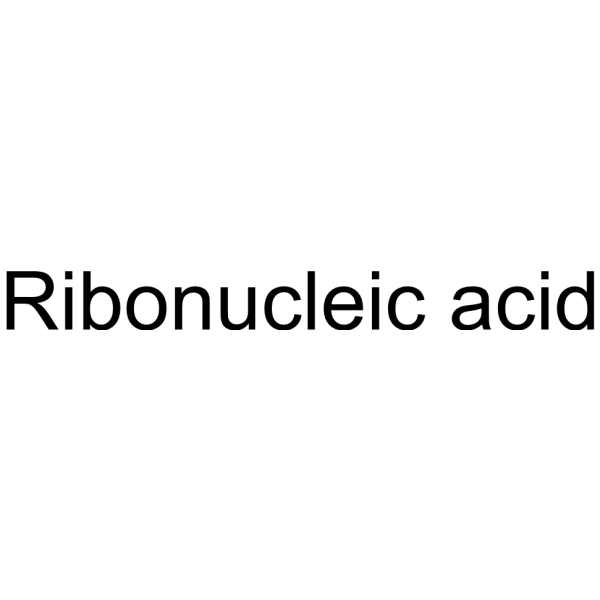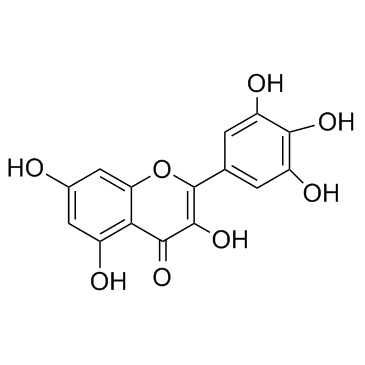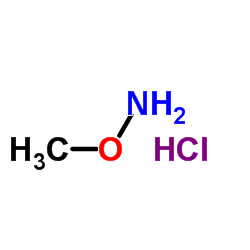| 结构式 | 名称/CAS号 | 全部文献 |
|---|---|---|
 |
核糖核酸 来源于面包酵母(酿酒酵母)
CAS:63231-63-0 |
|
 |
杨梅素
CAS:529-44-2 |
|
 |
甲氧胺盐酸盐
CAS:593-56-6 |
|
 |
E3330
CAS:136164-66-4 |